“Some years ago there was in the city of York a society of magicians. They met upon the third Wednesday of every month and read each other long, dull papers upon the history of English magic.” So begins Susanna Clarke’s modern masterpiece Jonathan Strange & Mr. Norrell, first published two decades ago and now regarded, rightly, as the greatest work of British fantasy literature since the Gormenghast novels. Revolving around two indelible characters — the fussy, pedantic “practical magician” Gilbert Norrell and the swashbuckling, Byronic Jonathan Strange — it has an epic sweep and dares to take the existence of magic, and magicians, wholly seriously, giving its oft-maligned genre an intellectual and emotional heft that few other comparable books possess.
Since its publication in September 2004, it has sold millions of copies worldwide, was adapted for an acclaimed BBC miniseries in 2015 and led none other than Neil Gaiman to describe it as “unquestionably the finest English novel of the fantastic written in the last seventy years.” It has received the rare accolade for a living author of being published in a lavish three-volume edition by the Folio Society, with suitably atmospheric illustrations by Charles Vess. It is that rare beast, a cult novel that is also a mainstream smash hit and continues to beguile its legions of readers to the present day. But how on earth did an esoteric, unapologetically intellectual and allusive book about the relationship between two magicians in early nineteenth-century England acquire such resonance?
For its creator, its continued popularity is both rewarding and perplexing. As she says, “It’s not really something that I can make much sense of. It’s lovely — if it’s true — and I’m very grateful, but when you sit down to write, it’s just you and the words — and the words do not care what happened with the last thing you wrote or what nice thing somebody said about you.” Clarke began working on Jonathan Strange & Mr. Norrell in the early Nineties, inspired by both Tolkien and what she called “a kind of waking dream… about a man in eighteenth-century clothes in a place rather like Venice, talking to some English tourists. And I felt strongly that he had some sort of magical background — he’d been dabbling in magic, and something had gone badly wrong.”
The book’s creation, which took a decade, encompassed highs and lows alike. Clarke says, “In 2000 I was writing Jonathan Strange & Mr. Norrell. I got a call from my parents to say that my brother had died unexpectedly. I still know exactly which scene I was writing when the phone rang. It was October and The Amber Spyglass, the last book in Philip Pullman’s His Dark Materials trilogy, had just come out. I bought it in hardback and read it. It got me through bereavement. I would be in the midst of the shock and misery of losing someone and then I would pick up the book and those feelings would be instantly replaced by utter absorption in the story. The two states alternated, like slipping in and out of different modes of consciousness.”
When her own novel was nearly finished, Clarke, who had been editing cookbooks for the British arm of Simon & Schuster for the previous decade, sent the bulk of the manuscript to Alexandra Pringle, who was then editor-in-chief of Bloomsbury, the publisher that had had enormous financial success over the previous years with the Harry Potter series. As Kathleen Farrar, Bloomsbury’s managing director, puts it, “Alexandra was breathless with excitement and showed me the first two-thirds, mentioning that the last third was still to be completed.”
Pringle herself remains enraptured by the book. As she says, “I read it the minute my reader Antonia relinquished possession of the manuscript. And it possessed me. I was entranced by the combination of the humor and clarity of Jane Austen with the through-the-looking-glass magic. It quite literally spun a spell. Very few books have the power to do this.”
While Farrar admits that “At over 700 pages already, I was a little daunted,” she, like many subsequent readers, was swiftly enraptured. “It certainly felt like you were reading a ready-made classic, joyfully influenced by the greats of English literature. From the wit of Jane Austen to the traditions of Dickens and Tolkien, all with a grown-up, gothic twist that had never been done before. It was also just so wonderfully clever and witty, while at the same time being very epic and moving.” The word “phenomenon” is overused in publishing, but, Farrar says, “the feeling was there from the moment we were lucky enough to read it for the first time.”
Farrar and Pringle told Clarke that they loved the book — “I’m sure that a small group of us probably overwhelmed her with our excitement!” — and Alona Fryman, who was responsible for the American market, had a similar sense that it was something unique. As Fryman says, “Publishing in America is almost always different but people in the US were excited. It was a completely unique book for the US market and we had a very joined-up global campaign, including cover look and feel, that was highly unusual at that time, in the pre-social media globalization era.”
For Clarke — of whom Pringle says “She had an ethereal, otherworldly atmosphere to her, not unlike Donna Tartt who I had recently published” — the process was initially overwhelming. “In the 2020s, often the first people who see a work of fiction before it’s published — the people publishers want to reach — are passionate readers with large numbers of followers on social media. In 2004, that ecosystem of influencers didn’t exist. The first people publishers tried to reach were influential, bookish journalists. I remember a dinner that was arranged in New York for me to meet some of them. I had no idea what to expect. I was so far out of my comfort zone. I remember getting a sense that these important, glamorous people were intrigued by the book, or the idea of the book, that they didn’t think this was a complete waste of their time. That astonished me.”
Jonathan Strange & Mr. Norrell proved to be that rare thing, a genuine international success, something that Clarke looks back on both fondly and with amusement. “I’d traveled very little up to that point, and then in the space of a year and a half I went to the United States three, maybe four times, and then to Canada, Germany, Italy, the Netherlands, Norway, Sweden, Poland and Ireland. It felt like a lot. We began with America and I was so nervous at the beginning that I couldn’t eat anything and I lived on margaritas — which was, I think, very Truman Capote of me. It was hugely exciting and I did enjoy it, but on a publicity tour you only see little slivers of places; what you remember afterwards is weirdly random. I’m sure Denver is a wonderful place, but I actually only remember the salad dressing.”
The book’s impact was far-reaching and unexpected. Clarke recalls that “a woman in Chicago, a journalist, told me that she’d read Jonathan Strange and Mr. Norrell at her mother’s bedside when she was dying. What she described was something very similar to what I had experienced — being able to get through something traumatic, because of the respite that the story offered. I felt very honored by that because I knew exactly what she was talking about. One of the things I find fascinating is to see what other people have created in response to a work of fiction. Years ago, a wonderful fan in Russia sent me a set of tarot cards that she’d created, just the Major Arcana, based on the images of the actors in the BBC series of Strange & Norrell. It’s utterly beautiful — simple black ink drawings, very elegant, but quite dark and tormented.”
The novel was, naturally, one of the hottest properties of the decade, and so a film or television adaptation was inevitable. Although when I met Clarke shortly after publication she suggested she’d written Norrell with the late John Hurt in mind, the estimable Eddie Marsan was cast opposite the excellent Bertie Carvel as Strange. The series, which was adapted by Peter Harness — earlier versions written by Christopher Hampton and Julian Fellowes failed to make it to the screen — was both hugely enjoyable and formative for Clarke herself.
“The adaptation happened when I was at a very low point. I’d been ill [with chronic fatigue syndrome] for about a decade and I no longer thought of myself as a writer. But they invited me to see the filming and being around all those wonderful, creative people helped me start writing again. I could not have wished for a team of people who cared more about the book. There are elements in the television series that I really wish that I’d thought of — like the fact that Lady Pole tries to communicate with the outside world through the medium of embroidery. I might have thought of it — I’d used similar ideas in short stories — but in this case it was Peter Harness. A television or film adaptation is so seductive. Even if you’re the author, it gets into your head.”
For Farrar, however, the original text remains sacrosanct. “I enjoyed it very much and loved seeing Jonathan Strange and Mr. Norrell on the small screen, but for me nothing compares to the reading experience; all the footnotes and the wry observations you can only get from reading or listening to the book itself.” (Pringle was less enamored, saying “To be completely honest it fell short for me. The subtlety and quiet sharp humor were missing.”)
And for most readers, it is an indelible, fascinating story, one to lose oneself in for days, even weeks. There are few books that really justify their hype, but, twenty years on, Jonathan Strange & Mr. Norrell fulfils its amply. As Farrar says, “I would urge people who haven’t read it not to be put off by the length or be concerned if fantasy isn’t your usual genre. It really is one of the best novels I have ever read, and I guarantee you’ll be left wanting more at the end.” And Pringle urges “Just go and buy it. It won’t be a moment, a breath wasted. Magic can happen.”
As for Clarke, whose long-awaited follow-up Piranesi attracted similar acclaim — including winning the Women’s Prize for Fiction — there is something about her debut novel that lives on, in the form of its central characters. As she says, “When the book first came out the publishers asked me to write something about the two main characters. And I didn’t know what to write. I’d just finished writing 800 pages about them. I didn’t really feel there was much left to say.”
“Neil Gaiman — who always has the best ideas — said, ‘Oh, instead of doing that, you should get them — the characters — to write about you.’ So Jonathan Strange and Mr. Norrell each wrote a piece about me. And they were really rude. I remember Strange criticized my shoes. (Which I felt was going a bit far.) But it was all perfectly in keeping with their personalities. So that’s where we are. We’re people who worked together very closely for a long time. We’re fond of one another in a distant sort of way. We like to hear how the others are doing. But that’s about it. We don’t socialize.”
This article was originally published in The Spectator’s September 2024 World edition.



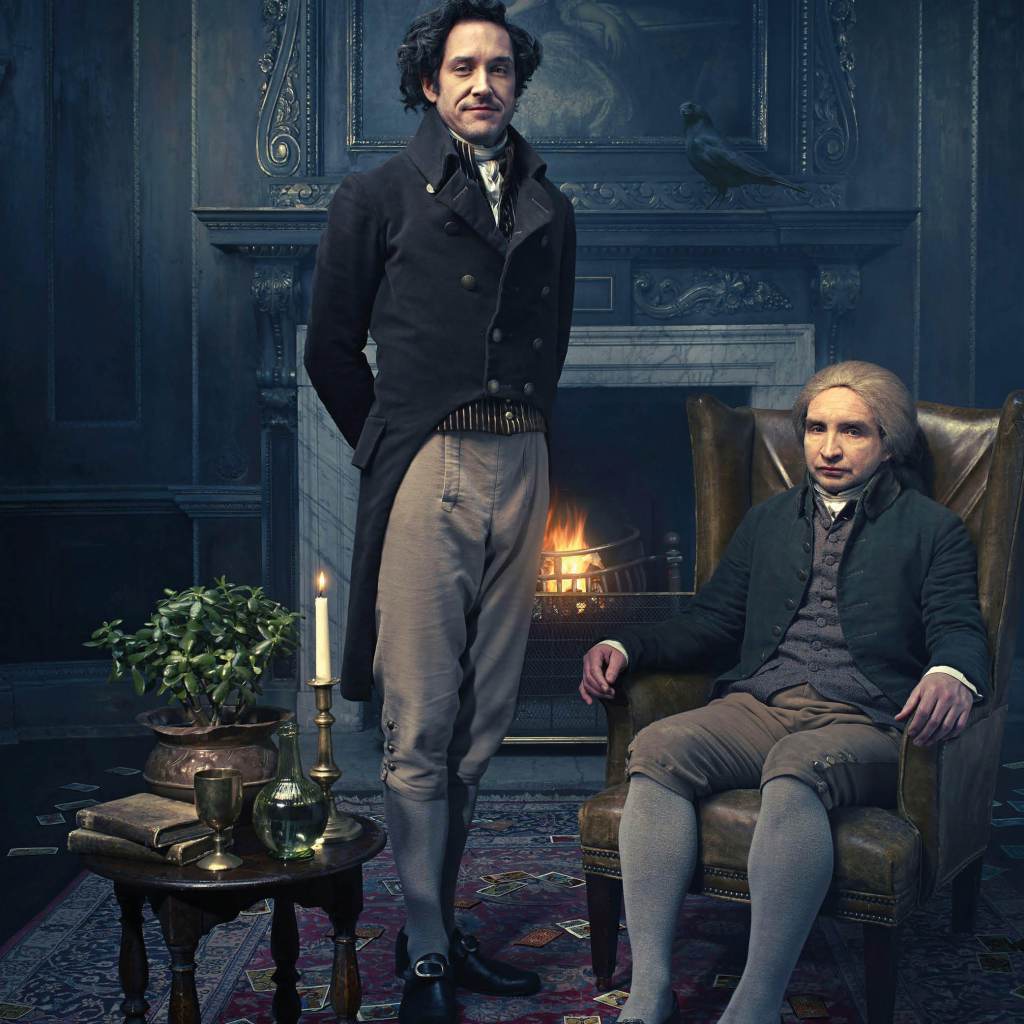



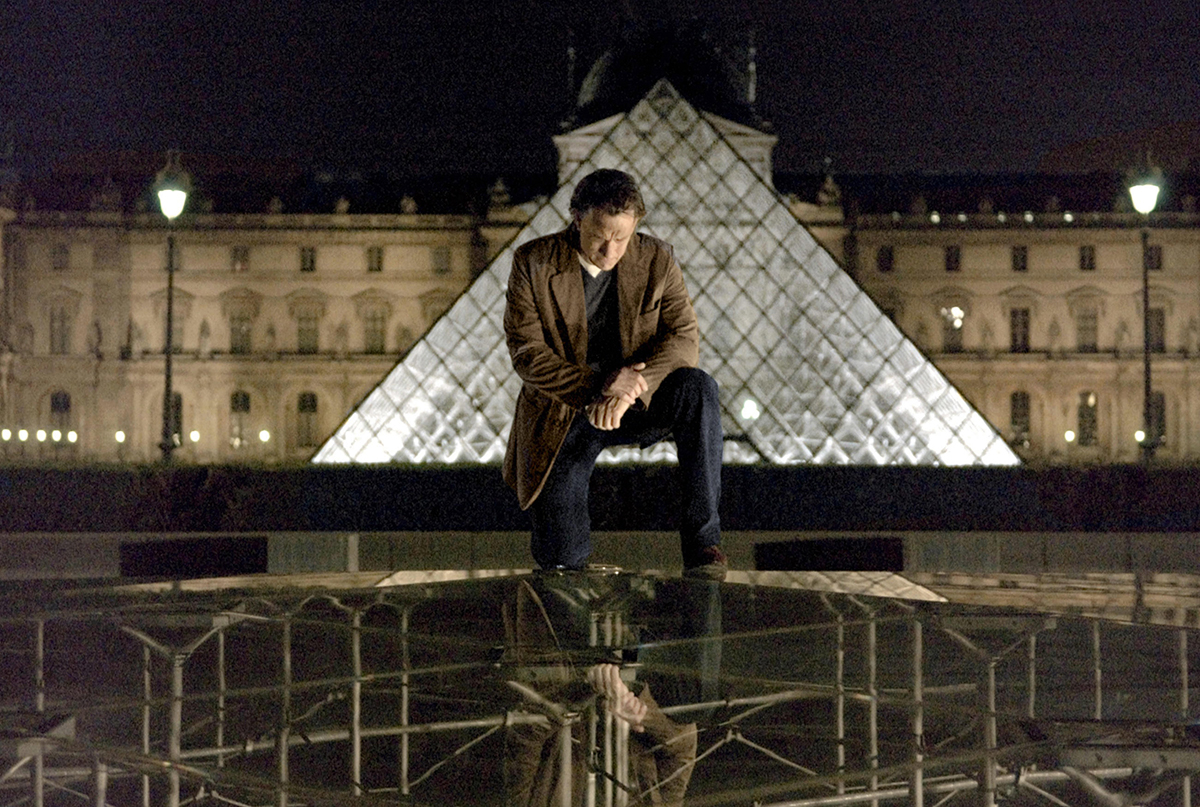

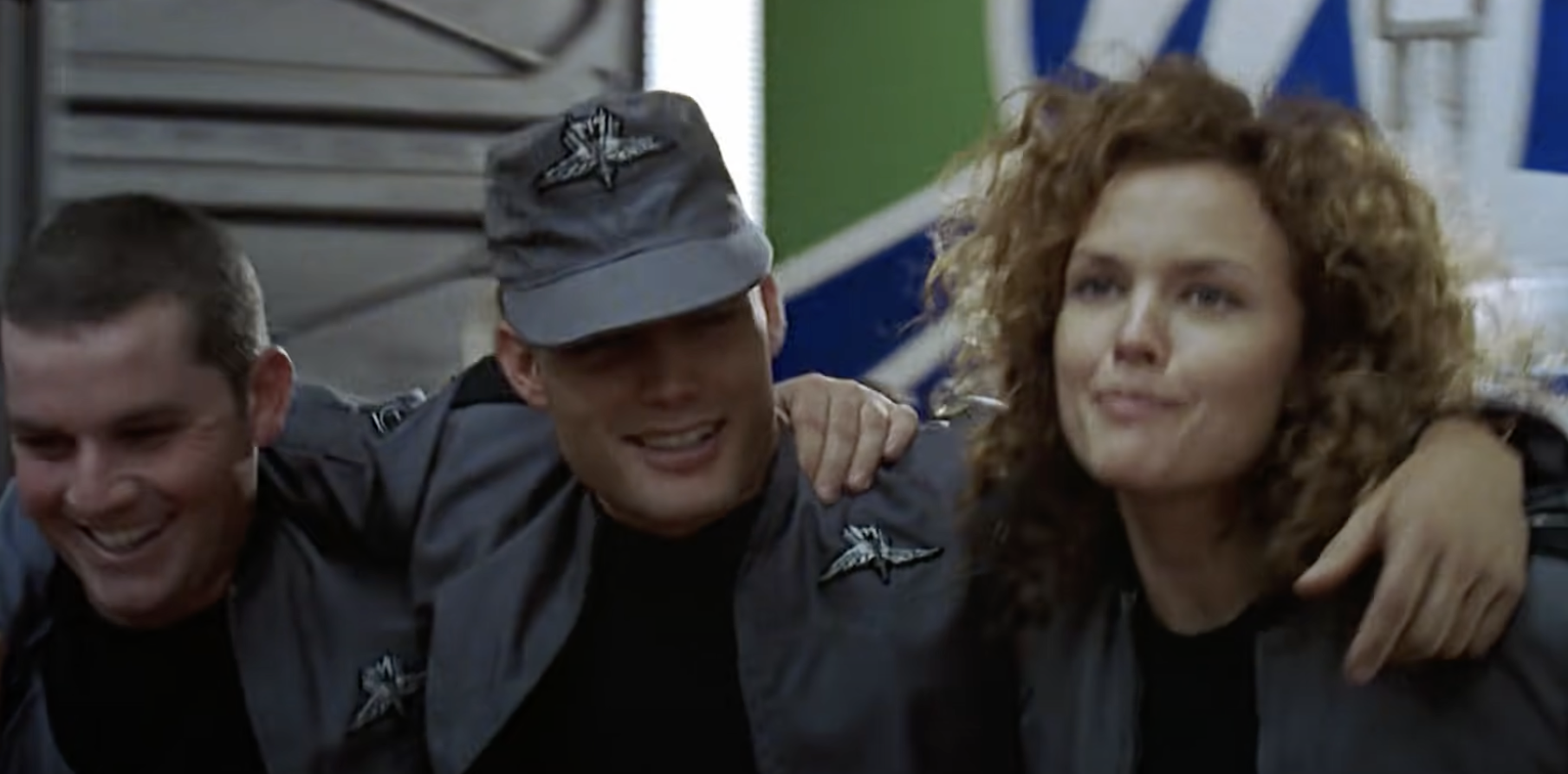
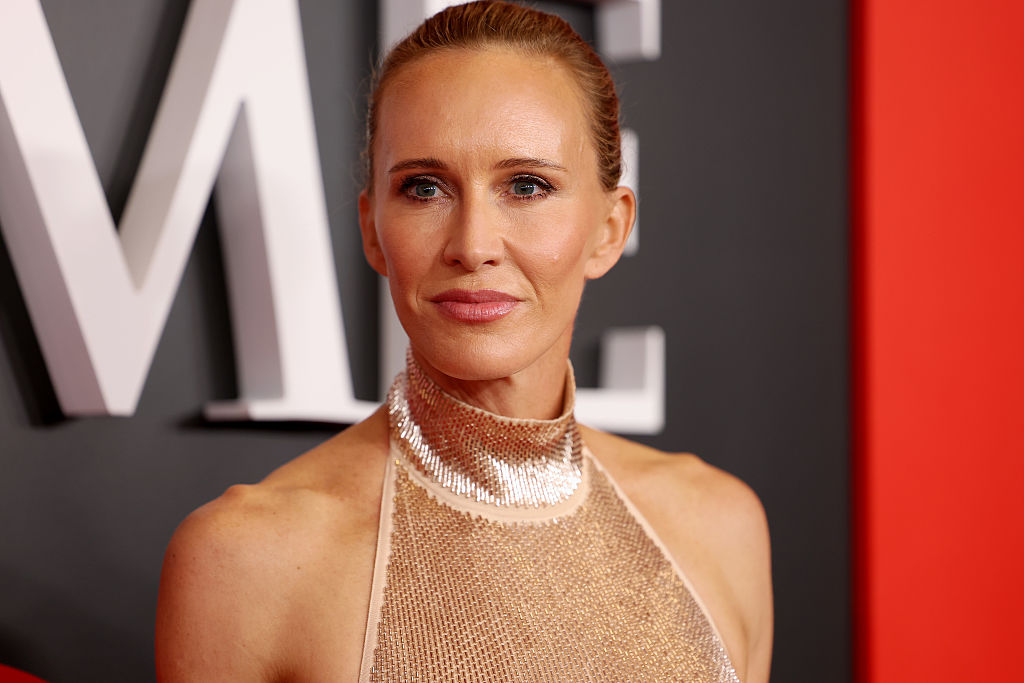
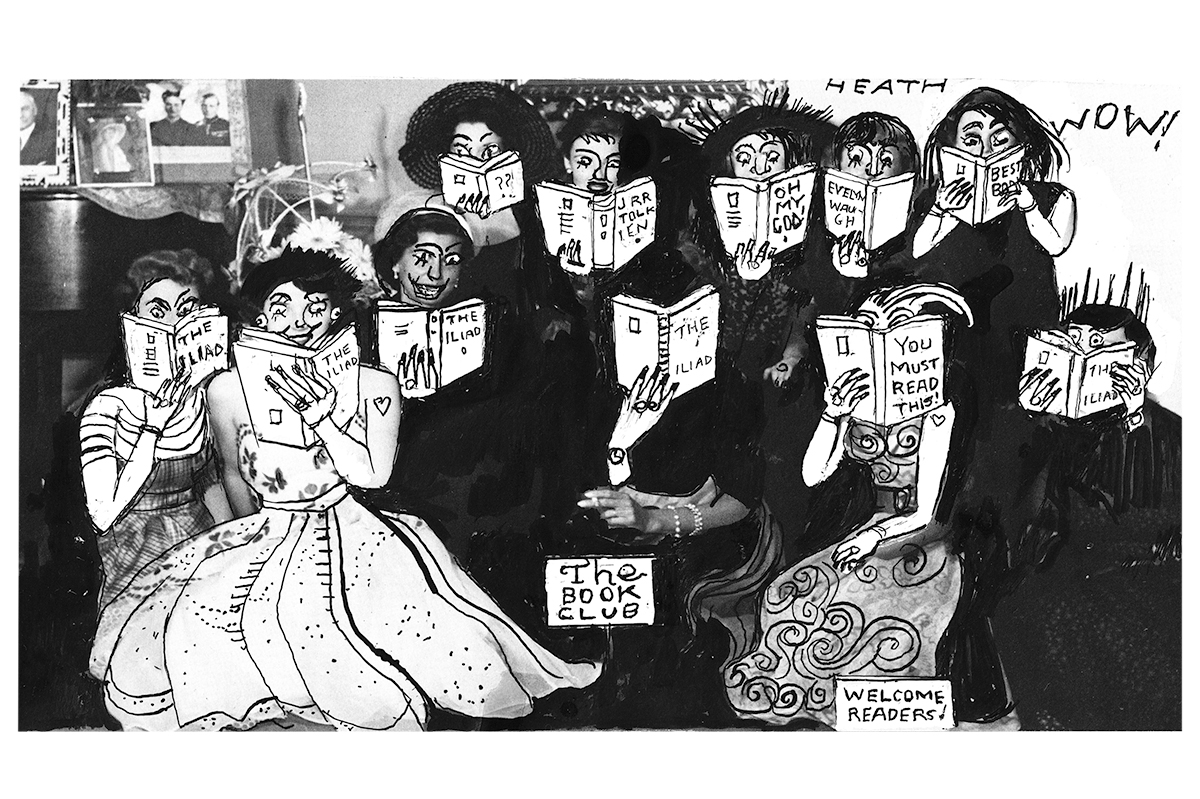







Leave a Reply